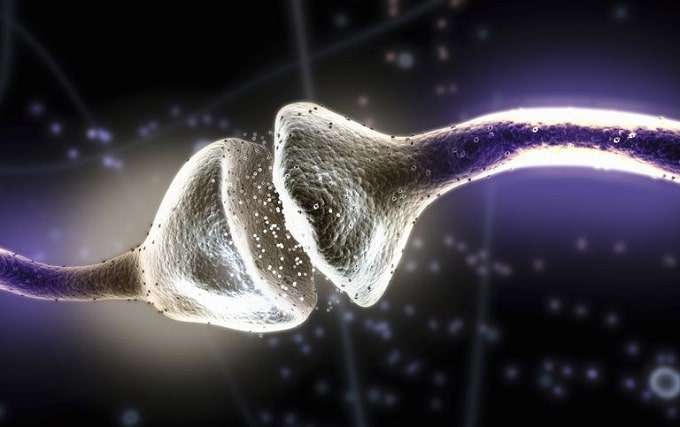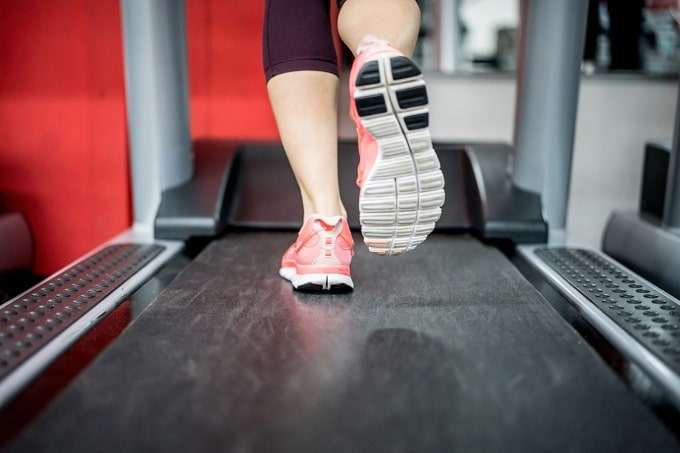Did you know that the system responsible for processing cannabinoids (the endocannabinoid system) was discovered by athletes doing a bunch of cardio?
Actually not really…
Credit for the discovery of our endocannabinoid system goes to scientists like Israel’s Raphael Mechoulam and America’s own cannabis researcher, Roger Adams.
Both Adams and Mechoulam are famous for being the first scientists to discover and synthesize various cannabinoids.
Let’s get back to the joggers. A 2003 study which appeared in NeuroReport showcased a unique experiment done on runners and cyclists.
The researchers wanted to know if the pain relieving (analgesic) and mood altering effects (“runner’s high”) from exercising were connected to our endocannabinoid system.
You know the feeling. You’re in the middle of a long run, bike ride, or weight lifting session. You feel happy, alive, and engaged.
And overall, you just feel content and relaxed. It’s what’s known as the “runner’s high” and it’s not limited to just running.
Millions of people every day rely on this feeling to get rid of any stress they may be under.
It’s the exact reason why regular exercise has such a strong impact on depression.
Exercising gets you high and it feels really good. Of course you feel good because you know you’re doing something positive for your health.
You know it’s better to hit the gym than go home straight from work and sit on your couch.
But there’s more to it than just your well deserved pride — there’s body chemistry at work and the study above demonstrates that it’s related to your endocannabinoid system.
The endocannabinoid system is mostly made up of cannabinoid receptors called CB1 and CB2 receptors.

There are likely more cannabinoid receptors which have yet to be discovered.
The CB1 and CB2 are the most well researched. CB1 receptors are located mostly in the brain (as well as some other organs) while CB2 receptors are mostly located in the immune system.
The CB1 and CB2 receptors process cannabinoids. Cannabinoids are either produced by the body (endogenous cannabinoids) or taken in from external sources like phytocannabinoids (cannabinoids in plants like cannabis) or synthetic cannabinoids (cannabinoids which are synthesized in a lab for medicinal purposes like the drug Marinol).
One of the main endogenous cannabinoids your body produces is called anandamide.
Named after a Sanskrit word for “bliss”, this cannabinoid plays an important role in mood, appetite, and pain.
The runners and cyclists in the study either ran on a treadmill or rode a stationary bike for 45 minutes and maintained a heart rate of 70 – 80 % of maximum (140 – 160 bpm).
Control subjects simply sat in a room for the same amount of time as the other subjects were exercising.
Variables like room temperature and time of day were held in control.
Blood samples were collected before and after the sessions for all participants.
As evident from the chart above, all of the exercising participants showed an increase of anandamide levels in their blood.

Exercising elevates the amount of this natural cannabinoid in the body. The moral of the story?
You should exercise! A lot!
More importantly, the study shows us that cannabinoids and our endocannabinoid system can play a major role in:
- Pain relief
- Reducing anxiety
- Promoting a positive mood
- Increasing our sense of well being
For a closer look, read the study from NeuroReport.
You will learn more than you ever knew about your very own endocannabinoid system — it does so much more than only process your favorite CBD hemp oil supplement or cannabis products.
